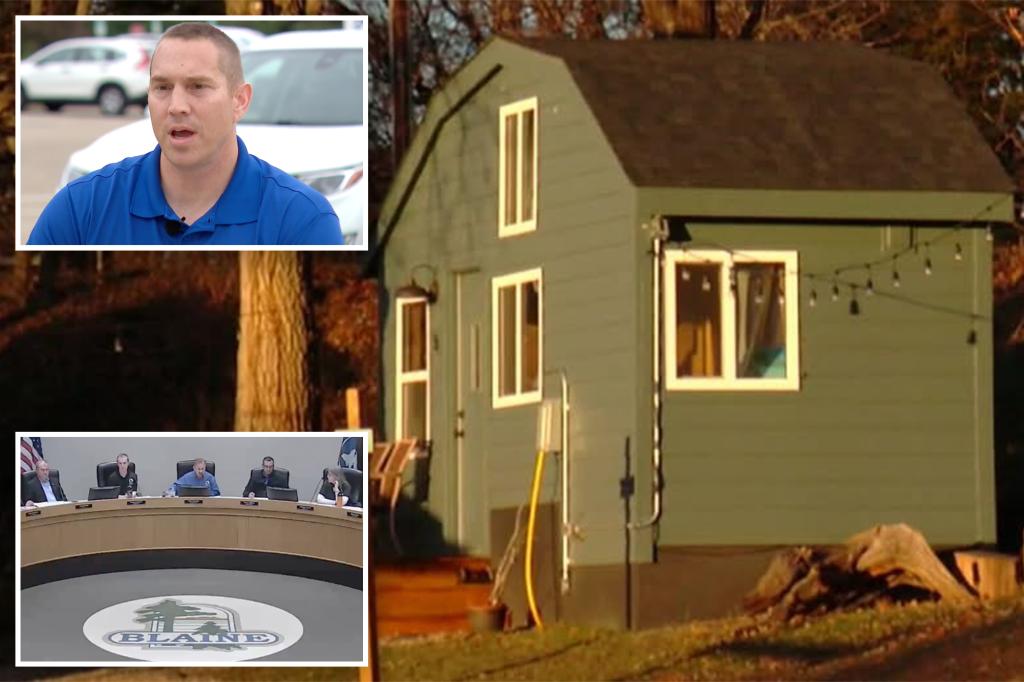A Minnesota neighborhood has been up in arms over a resident who wants to build a tiny home in his backyard for homeless families.
The controversy exploded in the city of Blaine when Alex Pepin sought a permit to build the 600-square-foot tiny home, also known as an “accessory dwelling unit,” on his property.
“It would be families coming out of homelessness, so they would have gone through a program first,” he told WCCO News last week of the plan, adding the families would eventually find a different long-term housing solution.
But the good intention from Pepin, who runs a non-profit to help the homeless, hasn’t mattered much to surrounding city residents.
“Everybody is upset,” local David Hime said at a recent Blaine City Council meeting, according to the Star Tribune. “The neighborhood is up in arms over this.”
Blaine officials approved an ordinance four years ago that would give residents the opportunity to build the small structures in a bid for more affordable housing.
Hime, who is Pepin’s next-door neighbor, told the planning commission in April that Pepin’s proposal isn’t in accordance with the law.
“This is a development of private homes,” he said of the proposed little house, according to WCCO.
While the city’s Planning Commission signed off on Pepin’s request, the City Council, including its mayor, recently rejected it 5-2 because of such contentions.
The city has now paused any tiny-home proposal for the next year to reconsider its zoning code.
“The intent was for families to have an option for housing, whether it be for parents or in-laws or kids trying to get their start,” Blaine Mayor Tim Sanders said, according to the Star Tribune.
“It was not intended to be a revenue generator for the homeowner to rent out the space to a second family more or less living in someone else’s backyard.”
Pepin was left frustrated by the city’s decision.
“It was disappointing for us,” Pepin told the newspaper.
“We’re just trying to do an allowable activity in the city. This is an allowable means to get affordable housing for people who need help in our community.”
Read the full article here


